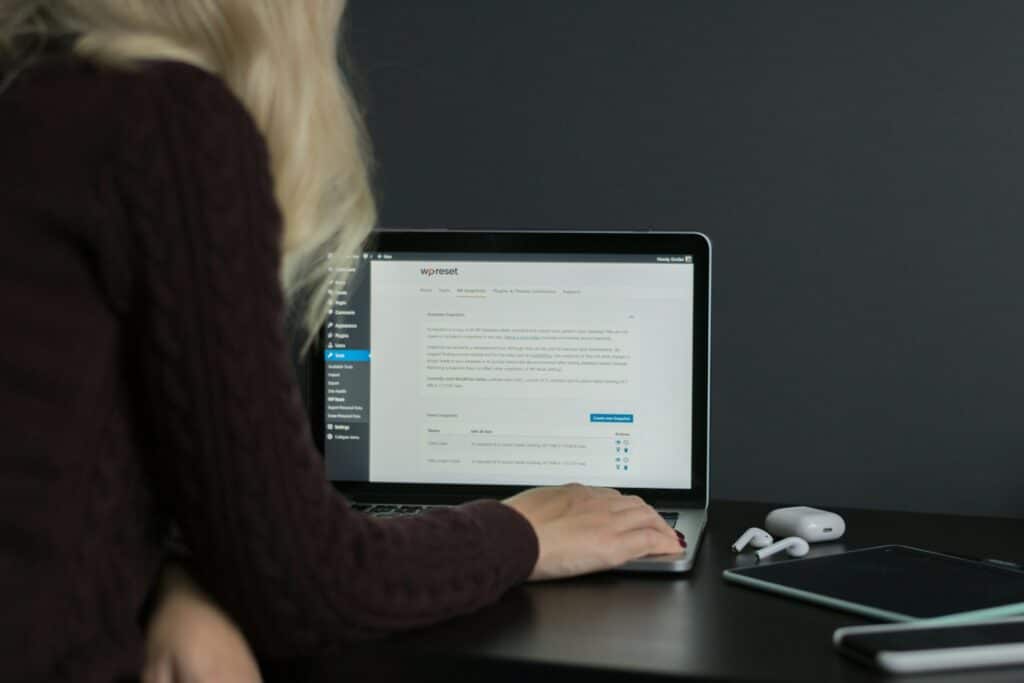In today’s digital landscape, securing your WordPress website is of paramount importance. With cyber threats constantly on the rise, website owners must prioritise safeguarding their online properties against potential attacks. By implementing essential security practices and leveraging the appropriate tools and techniques, you can not only protect your website from potential breaches but also preserve your online reputation and maintain user trust.
In this comprehensive guide, we will explore the importance of securing your WordPress website, highlighting key security measures and best practices essential to maintaining a safe online environment. We will provide recommendations for top security plugins, practical tips for ongoing website security management, and insights into monitoring and responding to potential threats.
1. Key Security Measures for WordPress Websites
To safeguard your WordPress website, implement the following essential security measures:
Use Strong and Unique Passwords: Implement strong, unique passwords for your WordPress admin, SFTP, and other credentials, opting for a combination of letters, numbers, and special characters.
Keep WordPress Core and Plugins Updated: Regularly update your WordPress core, plugins, and themes to ensure that they are patched against known vulnerabilities.
Implement Two-Factor Authentication (2FA): Enhance your site’s protection by requiring an additional layer of verification, such as 2FA, to access sensitive areas like the admin dashboard.
Limit Login Attempts: Prevent brute force attacks by restricting the number of failed login attempts allowed before locking users out.
2. Top Security Plugins to Safeguard Your Site
Leverage the power of security plugins to bolster your site’s defences:
Wordfence Security: One of the most popular security plugins, Wordfence offers comprehensive protection against malware, brute force attacks, and other threats through its firewall, real-time monitoring, and scanning features.
Sucuri Security: This plugin provides robust site protection with features such as file integrity monitoring, malware scanning, and more, ensuring your website’s safety and providing incident response support.
iThemes Security: Strengthen your site security by disabling common vulnerabilities, managing user permissions, and implementing other best practices with the iThemes Security plugin.
All In One WP Security & Firewall: An easy-to-use plugin that offers a diverse range of security features, including login security, spam prevention, and more, to fortify your WordPress website.
3. Practical Tips for Maintaining a Secure Website
Keep your site secure with these practical tips:
Regularly Review User Permissions: Periodically check and update user permissions, granting the least amount of privileges necessary for users to perform their tasks.
Use SSL Certificates: Protect sensitive user data exchanged with your site by implementing SSL certificates, which encrypt the connection between your site and its visitors.
Regularly Monitor Your Site: Actively monitor your site for unauthorised file changes, suspicious user activity, and potential vulnerabilities using tools and scanners to detect issues and address them promptly.
Implement a Backup Strategy: Create regular and reliable backups of your site content and database to ensure swift restoration in the event of data loss, corruption, or other issues.
4. Monitoring and Responding to Potential Threats
Stay vigilant against potential threats with proactive monitoring and incident response strategies:
Subscribe to Security Newsletters: Stay informed about emerging threats and vulnerabilities by subscribing to reputable security newsletters and RSS feeds related to WordPress and website security.
Perform Security Audits: Conduct periodic security audits to evaluate your site’s overall security performance, identify new vulnerabilities, and address them promptly.
Establish an Incident Response Plan: Develop and maintain an incident response plan to effectively navigate potential breaches or security threats, ensuring swift remediation and mitigation of risks.
Obtain Professional Support: Partner with a professional WordPress maintenance service like ThriveWP to support your security monitoring efforts and ensure your site remains protected against potential threats.
Conclusion
Securing your WordPress website is an ongoing process that requires diligence, best practices, and the right tools to ensure your online presence is safeguarded against potential threats. By implementing essential security measures and leveraging top security plugins, you can create a strong foundation for a safe and secure website.
Furthermore, by following practical tips and robust monitoring strategies, you can continuously assess your site’s security and respond effectively to potential threats. However, managing your site’s security can often be a complex and time-consuming process; partnering with a professional WordPress maintenance service like ThriveWP can provide you with the expert support and resources necessary to maintain a fortified website with confidence. Secure your WordPress website with continuous support and expert guidance from ThriveWP’s WordPress website maintenance packages. Contact us today to get started.






